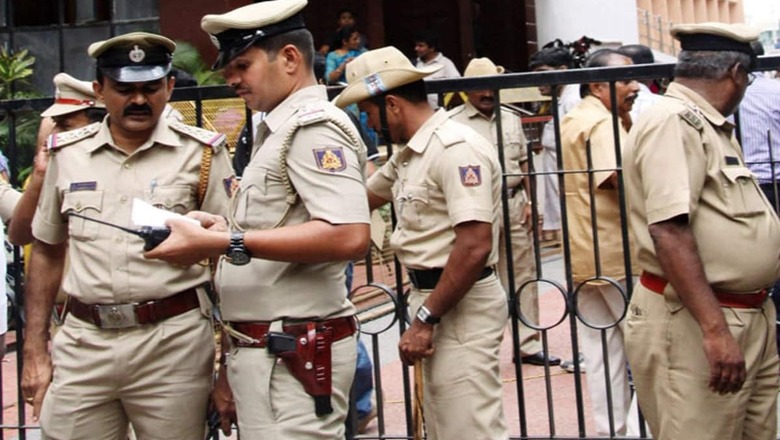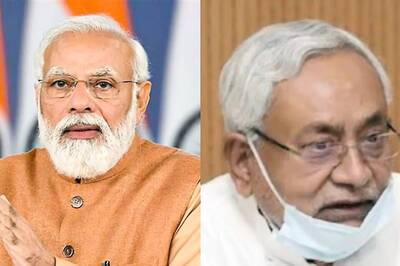
views
The war on Islamist terror groups in neighbouring Bangladesh might have compelled many activists of such outfits to cross the border and hide at different locations in India, including in Assam.
Information obtained by security agencies and Assam police over the past several months indicate the presence of some functionaries affiliated to Neo-Jamaat-ul-Mujahideen Bangladesh (Neo-JMB) at different locations on the north bank of the Brahmputra river in the state and north Bengal.
“Neo-JMB’s ingress into Assam is a fact. We are getting prepared to counter the menace,” said director general of Assam police Bhaskar Jyoti Mahanta.
Neo-JMB is a breakaway faction of the old JMB in Bangladesh but linked with global terror outfits such as the Islamic State. It came into focus after the terror attack at the Holey Artisan restaurant in Dhaka in July 2016 that killed 20 people.
There are others differences between the JMB and Neo-JMB. The new outfit has a large number of English educated operatives from affluent families as its members. The group has also enrolled many women in its ranks some of whom were arrested during counter-terror operations by the security agencies in Bangladesh.
The activities of Neo-JMB in India were known after a low-intensity blast was triggered at Bodh Gaya during the visit of Dalai Lama early in 2018. Two functionaries who were arrested in West Bengal had confessed to their involvement in the episode.
In Assam, security agencies were alarmed over the rapid surge in the activities of radical outfits, including Neo-JMB, in the months preceding the lockdown. Officials claimed that some trends could be discerned on the efforts being made by the group to spread its tentacles in the region.
Agencies said most of these operatives are masquerading with fake identities and as members of Tablighi Jamaat which is a Sunni proselytising movement with the goal to reach out to ordinary Muslims for reviving their faith. The focus of their activities has been more in the districts on the north bank of the Brahmputra river which have areas inhabited by illegal immigrants.
Neo-JMB is utilizing the network in Assam and north Bengal that had been created by JMB years ago. The seeds of the earlier movement were sown by a functionary named Mikhail Sheikh who has been evading arrest and a well-known radical religious preacher from Bangladesh. According to a statement tabled by union minister G Kishan Reddy in Parliament last year, as many as 59 functionaries of JMB were arrested in Assam over the last five years out of a total of 120 in the entire country.
Among the active and camouflaged centres of JMB is a network of educational institutions on the north bank of the Brahmaputra that receives funds from suspicious sources. Hardcore activists from Bengal have reportedly held meetings in the school on several occasions in the past with functionaries from different regions in the state.
Reports also indicate attempts being made to mobilize a section of women in Assam on the same pattern noticeable in Bangladesh. The lead has been taken by Asmani Khatun – commander-in-chief of Neo-JMB’s women wing in the neighbouring country – who was shuttling between Assam and north Bengal until a few months ago. She had been actively assisted in her endeavours by the wife of one of the arrested top JMB functionaries in India.
A section of officials believe that there are regions in Assam that offer a fertile ground for the radical outfits to strike roots. There are hundreds of riverine islands or chars on the Brahmaputra River that do not have any government presence. Some of these chars have been identified for surveillance by the security agencies.
Rajeev Bhattacharyya is a senior journalist in Assam
Read all the Latest News, Breaking News and Coronavirus News here



















Comments
0 comment